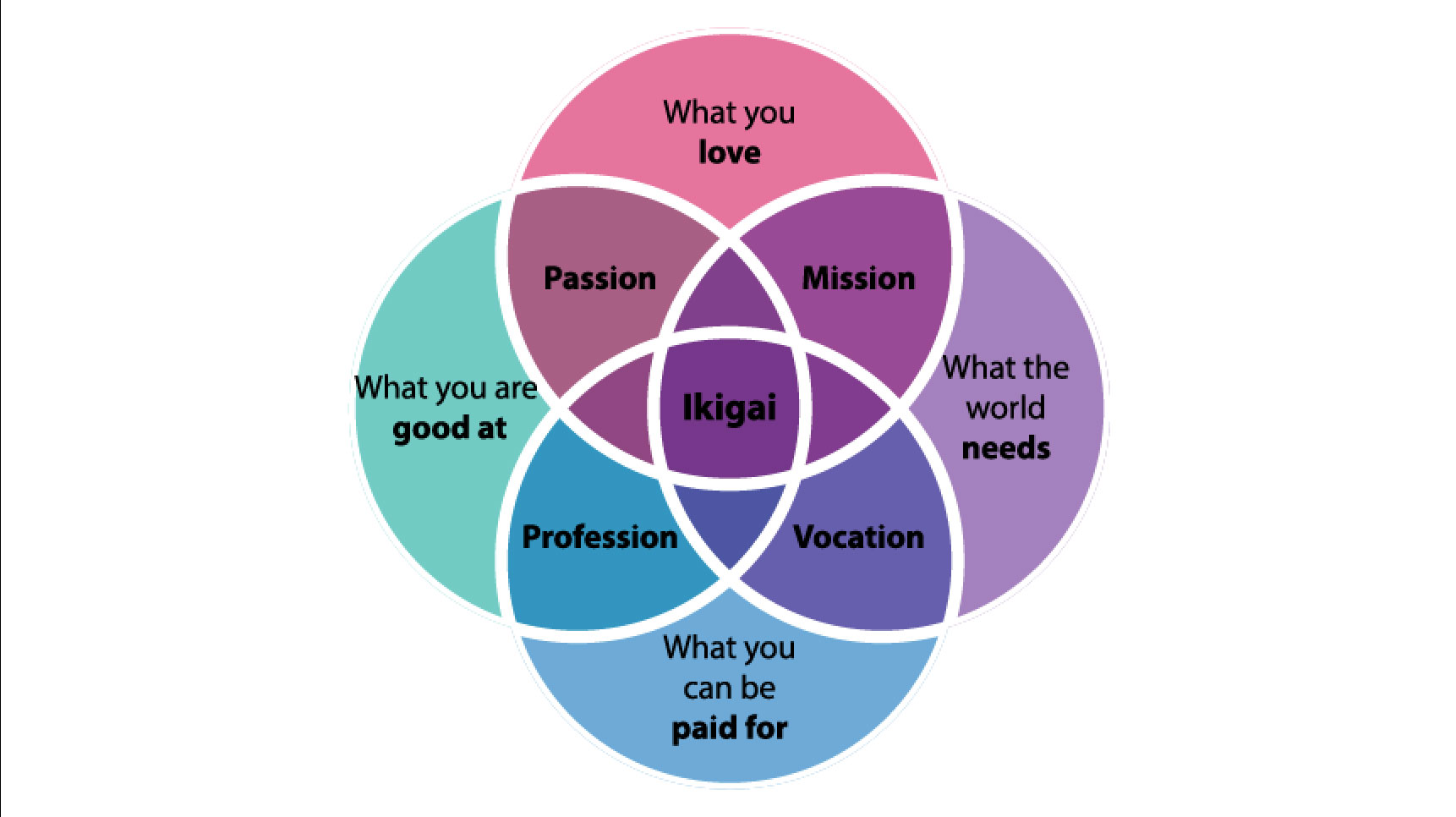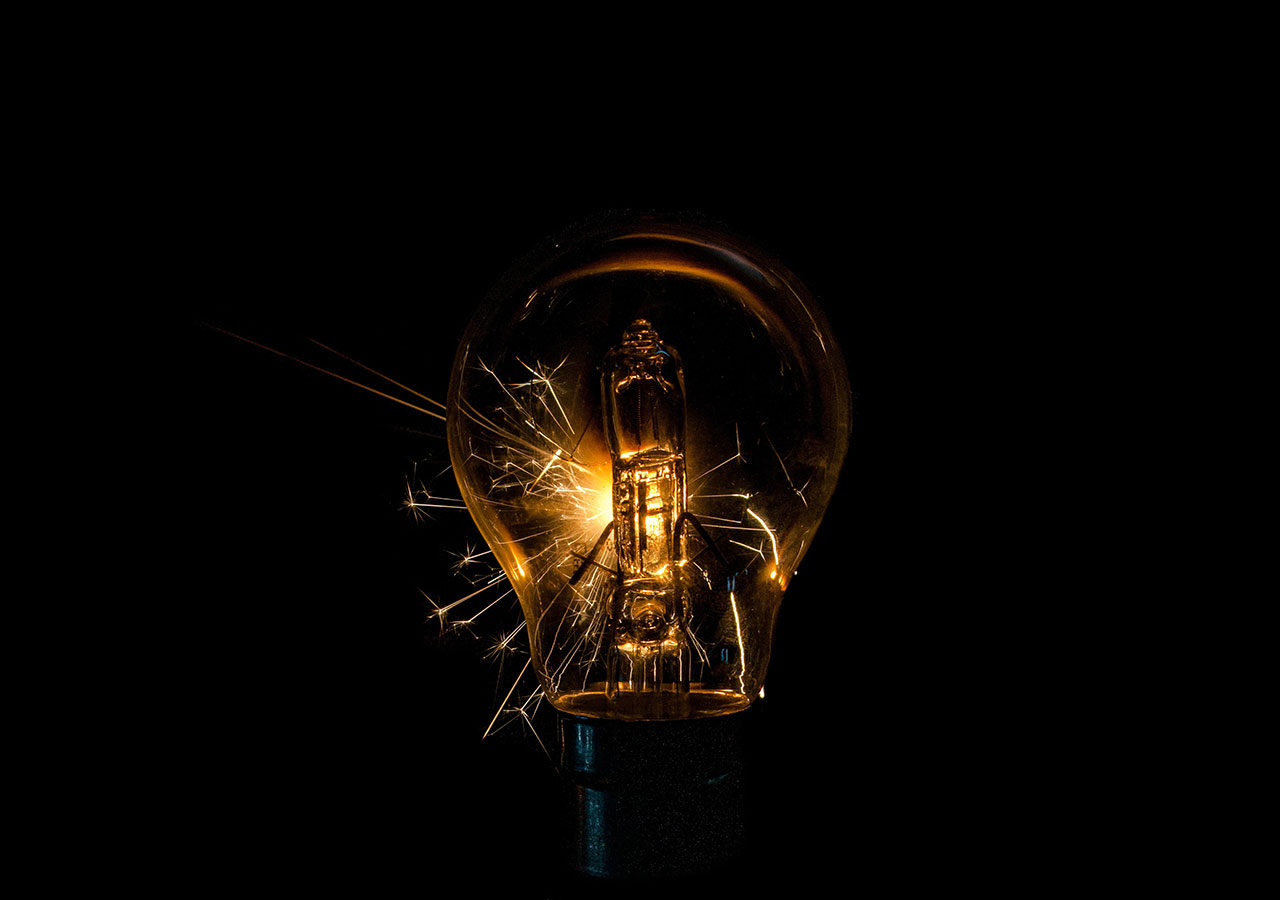While studying happiness and the creative process at the University of Chicago, Hungarian-American psychologist Mihaly Csikszentmihalyi stumbled across the psychological phenomenon he would later name flow.
He defined Flow as a state of optimal experience where we feel and perform our best. It is a state of focused immersion in a challenging and meaningful activity where the nagging inner critic goes quiet and we effortlessly and seamlessly flow from one action to the next.
Csikszentmihalyi’s flow psychology research built upon the groundbreaking work of William James, the man who founded modern psychology and wrote extensively about the many varieties of religious experience, and Abraham Maslow who studied the motivation and personalities of high performers and the phenomenon of peak experiences, which lead him to found what has become known as positive psychology.
While mainstream psychology tends to focus on perfecting the cold logic of the DSM-5 Manual, which is a standardized model of defining the symptoms of human neurosis and using molecular psychiatry to medicate patients to normalize human behavior, the discipline of positive psychology follows the opposite logic by trying to elevate human performance by studying the habits, rituals, idiosyncrasies, attitudes, and mindset of happy individuals who report high levels of creativity, satisfaction, and fulfilled in their lives.
Flow Research Into Creativity And Happiness
Flow psychology research studies creative people who act at the peak of their capacity and are always pushing their talent to a higher level. Extensive research has demonstrated how the pursuit of flow experiences leads to higher levels of performance, creativity, and fulfillment.
The mental foundation for the flow experiences that make people feel happy is intrinsic motivation, which is the psychology term for activities that combine what we’re passionate about with developing our natural talents and a sense of meaningful purpose that we are solving a problem and serving other people.
There have been a number of studies across a wide variety of fields from psychology to neuroscience into flow experiences and their relationship with creativity and happiness. However, if you want a practical application of scientific research covered in this post, you should read my guide to the applied neuroscience of flow, which I’ll be publishing next week.
What I think is most interesting about flow research is how it provides a model for living a creative life that matters. It provides a framework to illuminate a better path forward for many people who struggle with the anxiety and frustration of not achieving their potential and living up to their values by helping them to focus on developing and sharing their unique creative gifts.
Here are some of the best scientific research studies into flow psychology, flow states, and the creative process with my brief commentary:
1. Flow: The Psychology of Optimal Experience
An excellent summary by Mihaly Csikszentmihalyi written after close to 3 decades of flow psychology research. This paper was published in 1990 to summarize his ideas before the release of his landmark book of the same name that became one of the best-selling psychology books of all time.
“Control over consciousness is not a cognitive skill. It cannot be memorized or routinely applied, but must be learnt by trial and error. It requires the commitment of emotion and will. Knowledge of how to control consciousness must be reformulated, every time the cultural context changes. Rituals should not win over substance. Control over consciousness cannot be institutionalized. As soon as it becomes part of a set of social rules and norms, it ceases to be effective in the way it was originally intended to do.”
2. The Systems Model of Creativity
Few psychologists have explored the creative process and the personality traits of highly creative individuals more than Mihaly Csikszentmihalyi. This excellent collected works documents his flow psychology research into originality and the personalities of young artists, how different cultures view creativity and the process of creative problem-solving.
“The formulation of a problem is often more essential than its solution, which may be merely a matter of mathematical or experimental skill. To raise new questions, new possibilities, to regard old problems from a new angle, requires creative imagination and marks real advance in science.”
3. Optimal Experience In Work and Leisure
The most important part of a happy life is having a strong sense of meaning and purpose that motivates our actions. This is the inner creative life that leads to the embraces of big challenges rather the apathy and cynicism that is so common. Optimal flow experiences foster the self-motivation that leads to great works of achievement in art, science, athletics, culture, and literature.
“The great majority of flow experiences are reported when working, not when in leisure. Regardless of the quality of experience, however, respondents are more motivated in leisure than in work. But individuals more motivated in flow than in apathy reported more positive experiences in work. Results suggest implications for improving the quality of everyday life.”
4. Flow As An Embodied State. Informed Awareness of Slackline Walking
I have spent the last 4 years teaching embodied flow practices in the forest, what I call eco-mindfulness. Nature is the ideal sensory playground for flow because it offers incredibly rich environments that dazzle with their complexity. Using deep embodiment triggers people can reconnect with their bodies and learn to feel the natural world deeply again (as they once did as children) through their feeling sense.
“In this paper we use the concept of informed awareness to reconceptualize flow experience as a property of the performer-environment coupling, and study it during a slackline walking task…. The experience of flow during the slackline walking task was dominantly saturated by the perceived fluency of movements and less so by the absorption experience. The stable co-variance of perception-action variables signified the embodied nature of the flow experience.”
5. The Flow Engine Framework: A Cognitive Model of Optimal Human Experience
This ambitious paper studies a wide crosssection of flow research literature and tries to create a theoretical model for measuring and achieving flow states called the Flow Engine Framework (Input, Processes, Outputs). It explores in detail how flow can lead to a full life worth living by improving subjective well being and also improving social cohesion on teams and in community groups.
“The more time that is spent in this state, the better the quality of life is: people experiencing flow report higher levels of concentration, creativity and positive emotions. A wide range of empirical evidence indicates the adaptive importance of positive affects. Besides mere pleasure, positive affects bring numerous, interdependent benefits. For example, positive feelings reshape people’s mindsets: research showed that induced positive affect stretches the scope of attention, broadens behavioural range, boosts creativity, and increases intuition.”
6. The Role of Flow Experience in Human Happiness
A fascinating study on the connection between the flow experience and total life satisfaction. It explores how happiness is much more about attitude, mindset, and habits than circumstances. A happy life means pursuing the things you are passionate about and sharing your gifts with others to create your own personal sense of meaning and purpose.
“Happiness is a Swedish sunset – it is there for all, but most of us look in the other
way and lose it. The greatest part of our happiness depends on our dispositions,
not our circumstances. With these observations in mind, the present study has
been undertaken to fine-tune our dispositions in the conquest of happiness. The
purpose of the present investigation is to examine the role of flow intensity in the
context of satisfaction and happiness. The study involves a 2 (gender) X 2
(orientation: high flow vs. low flow) factorial design where males and females are
separately categorized into two quasi-experimental groups: people experiencing
high flow and those experiencing low flow. 128 adults of Cuttack and Bhubaneswar
were randomly sampled for the study. Each participant was individually administered
Life Orientation Scale and Flow Experience Questionnaires. Results reveal that
flow experience is significantly related to total life satisfaction, thus suggesting that
happy individuals are people with high flow.”
7. If We Are So Rich, Why Aren’t We Happy?
A great paper by Mihaly Csikszentmihalyi on how the mindless pursuit of wealth and status over meaning and purpose promoted by the mainstream media and corporate advertising impoverishes people’s inner experience of life. A great philosophical examination of happiness and what makes a happy life. I also recommend this other great study on flow and the paradox of happiness.
“Ever since systematic thought has been recorded, the question of what makes men and women happy has been of central concern. Answers to this question have ranged from
the materialist extreme of searching for happiness in external conditions to the spiritual extreme claiming that happiness is the result of a mental attitude. Psychologists
have recently rediscovered this topic. Research supports both the materialist and the mentalist positions, although the latter produces the stronger findings. The article focuses in particular on one dimension of happiness: the flow experience, or the state of total involvement in an activity that requires complete concentration.”‘
8. The Role of Resources and Flow at Work in Well-Being
Smart companies are learning that meaning and purpose is just as essential as getting paid what you’re worth for job satisfaction. Flow psychology research could transform the workplace and create a much better creative environment for people and teams to shine. Many innovative companies and startups are now using these insights to create group flow on their teams.
” Data analysis performed using a structural equations model showed that job resources were positively associated with flow at work, which was positively associated with personal resources. Moreover, job resources were positively associated with personal resources through flow at work, and job resources and flow at work were positively associated with positive emotions. The relationship between these variables and well-being/discomfort highlights the importance of promoting flow at work, supporting job resources that nurture positive experiences at work.”
9. Creativity As A Distinct Trainable Mental State: An EEG Study Of Musical Improvisation
I think one of the biggest insights from flow research is that creativity can be trained but they way schools go about it is almost always completely wrong. Creativity is not trained through some formulaic process in a book, it is trained through training specific states of consciousness through mental training practices like meditation, visualization, mindset, flow experiences, passion-driven learning, and rapid experimentation.
“Consistent with our hypotheses, individuals showed increased frontal upper alpha-band activity during more creative tasks (i.e., improvisation) compared to during less creative tasks (i.e., rote playback). Moreover, this effect was greatest for musicians with formal improvisation training. The strength of this effect also appeared to modulate the quality of these improvisations, as evidenced by significant correlations between upper alpha EEG power and objective post-hoc ratings of individuals’ performances. These findings support a conceptualization of creativity as a distinct mental state and suggest spontaneous processing capacity is better nurtured through formal institutional training than informal.”
10. The Improvisational State of Mind: A Multidisciplinary Study of an Improvisatory Approach to Classical Music Repertoire Performance
One of the things I find really fascinating is the phenomena of group flow. In group meditations, powerful artistic performances and collaborative group events the brainwaves and flow experiences of both the performers and audience can sync up and create magical experiences that are deeply emotional and therefore etched in the person’s memory.
“Results are discussed in terms of their potential support for an “improvisatory state of mind” which may have aspects of flow and primary states. In a group setting, such as a live concert, our evidence suggests that this state of mind is communicable between performers and audience thus contributing to a heightened quality of shared experience.”




